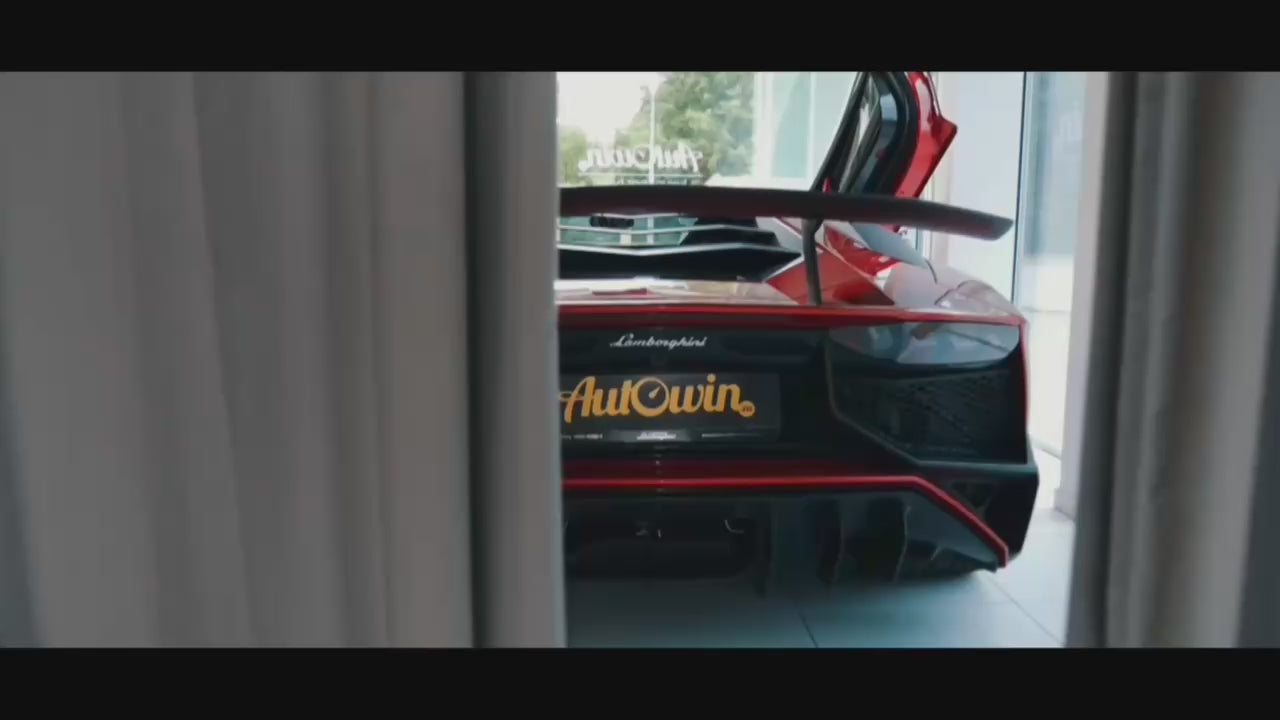Wear and Tear: Why Vehicle Floor Mats Need Replacing More Often Than You Think
I’ve lost count of how many test cars I’ve climbed into after a muddy trail run or a slushy airport dash. And every time, the first line of defense is the same: vehicle floor mats. They’re not glamorous, but they quietly take the hit—salt, sand, coffee, dog hair, mystery glitter from a kid’s birthday party. After twenty-odd years of driving just about everything on four wheels, I’ll say it plainly: vehicle floor mats work hard, and that’s exactly why they sometimes need replacing sooner than you’d expect.

Heavy Use: How Daily Life Chews Through Vehicle Floor Mats
Think about your routine. Daily commute. Gym nights. Weekend soccer duty. A Labrador who believes every ride is a road trip. That mileage adds up—not just for the odometer, but under your feet.
- Driver’s heel zone: The “pivot” spot under your right heel (especially in stop-and-go traffic) grinds down carpet naps and polishes rubber smooth. Manual gearboxes are even harder on that area.
- Work and hobbies: Contractors, gardeners, bikers—grit and gravel act like sandpaper. I once spent a Saturday hauling mulch; the mat’s surface looked a grade rougher by Sunday.
- Rideshare and delivery duty: Higher foot traffic means faster wear. A few rideshare owners told me they swap mats twice as often as before they went pro.
Weather and Seasons: The Elements vs. Your Vehicle Floor Mats
Climate is cruel. In Minnesota in January, I watched salt-laden slush melt, seep into carpet mats, then refreeze overnight. In coastal Florida, it’s sand and sun fade; in the Pacific Northwest, it’s a slow, soggy battle with moisture. Either way, your vehicle floor mats take the hit.
- Salt and chemicals: Winter de-icer leaves white stains that stiffen fibers and corrode backing.
- Moisture and mildew: Trapped water breeds odor. If your mats never fully dry, they’ll go musty—and fast.
- UV exposure: Sunlight fades carpet and hardens cheap rubber, leading to cracks.
All-weather liners with deep channels and high walls help, but they’re not magic. If water sits for days, even the best liner starts to stink. Ask me about that one spring ski trip… actually, please don’t.
Maintenance Matters: Simple Habits That Save Vehicle Floor Mats
This is the unsexy part, but it’s also the cheapest way to extend mat life. When I stick to these basics, mats last far longer—especially in long-term test cars that see everything from beach days to hardware-store runs.
- Weekly: Shake out and vacuum. Don’t let grit become a permanent resident.
- Monthly: Rinse rubber/TPE mats with mild soap; use a soft brush on carpet mats. Avoid greasy dressings that make mats slippery (and dangerous).
- Spills: Blot immediately; use enzyme cleaner for pets. Coffee sugars harden into grimy film if you wait.
- Dry completely: Air-dry mats before reinstalling. Water trapped underneath leads to mold underlay—yuck.
- Rotate when possible: Some sets let you swap left/right or front/rear. It evens out heel wear.
Material Differences: Not All Vehicle Floor Mats Are Equal
Some mats are built for blizzards. Others are meant for valet duty and sunny Sundays. Choose for your climate and lifestyle, not just color.
| Mat Type | Durability | Cleanability | Best For | Typical Replacement |
|---|---|---|---|---|
| Carpet (OEM basic) | Low–Medium | Moderate; stains linger | Dry climates, light use | 12–36 months |
| Premium Carpet (thick pile, rubber backing) | Medium | Better; responds to deep clean | Luxury look, fair weather | 24–48 months |
| Rubber (traditional) | Medium–High | Easy; hose off | Rainy zones, work trucks | 24–60 months |
| TPE/TPV All-Weather Liners (laser-fit) | High | Very easy; channels trap mess | Snowbelt, families, pets | 36–84 months |
| Molded Floor Liners with high walls | High | Very easy | Snow, sand, mud, overlanding | 48–96 months |
Quick signs your vehicle floor mats are done for
- Holes or threadbare patches in the heel area
- Curled corners that won’t lie flat
- Cracks or splits in rubber/TPE
- Permanent sour odor, even after cleaning
- Broken or missing anchor tabs (safety risk)
- Slippery surface that polishes like ice
What I recommend, based on how you live
- Snowbelt commuter: Laser-fit TPE liners with tall edges; pull and drain weekly in winter.
- Sunbelt city driver: Premium carpet mats with dense pile and rubberized backing.
- Parents and pet people: All-weather liners; add a cargo tray for stroller wheels and dog paws.
- Weekend adventurer: Molded liners and a washable cargo liner; consider a boot lip protector.
- Show-car crowd: Color-matched premium carpet for events; all-weather set for daily use.

Cost vs. Lifespan: Set Realistic Expectations
I track this stuff on long-term test vehicles. Rough averages, assuming normal use and semi-regular cleaning:
- Basic carpet mats: 1–3 years
- Rubber mats: 2–5 years
- TPE liners: 3–7 years
Double your replacement frequency if you’re doing rideshare, live where roads get salted, or spend weekends on muddy trails. Halve it if you’re that unicorn who shakes out mats every Sunday and never eats in the car. Respect.
Buying Smarter: Fit, Features, and Where to Shop
- Fitment: Use your exact year, make, model, and cab/row setup. Confirm anchor style.
- Coverage: Look for tall sidewalls and a transmission tunnel piece for the rear if kids ride along.
- Material: TPE is lighter and less smelly than old-school rubber; check for non-toxic, odor-free formulas.
- Details: Heel pads on carpet mats, anti-slip nibs on rubber, raised edges on liners.
- Warranty and returns: You want both—just in case the “laser-fit” wasn’t quite laser enough.
I’ve had good luck with specialist retailers and brand-direct stores—OEM catalogs, well-known liner brands, and, yes, the Autowin store for broad fitment coverage and quick shipping. Price matters, but fit and safety matter more.
Conclusion: Small Swap, Big Difference for Your Cabin
Your car’s interior ages from the floor up. Between daily grind, harsh weather, and less-than-perfect cleaning, vehicle floor mats shoulder a tougher job than we give them credit for. Inspect them regularly, clean them properly, and replace them when they’re worn or unsafe. It’s a modest spend that keeps your cabin looking (and smelling) like new, and it genuinely makes driving nicer—whether it’s a Monday commute or a ski-weekend escape.
FAQ: Vehicle Floor Mats
How often should I replace vehicle floor mats?
It depends on use and climate. For most drivers, basic carpet mats last 1–3 years, rubber 2–5, and TPE liners 3–7. Heavy winters or rideshare work shorten that.
Are rubber or carpet mats better?
For bad weather and messy lives, rubber or TPE liners win on protection and cleaning. For a premium look in fair weather, thick carpet mats feel more upscale.
How do I remove salt stains from carpet mats?
Mix warm water with white vinegar (about 2:1), mist the area, agitate with a soft brush, blot, then rinse with clean water and extract. Dry fully before reinstalling.
Do floor liners affect resale value?
Clean, protected carpets absolutely help. Buyers notice a fresh-smelling, stain-free cabin. Liners pay for themselves if you plan to sell or trade in.
Can I stack mats for extra protection?
No. Stacking can defeat anchors and let mats slide into the pedals. Use one properly secured set designed for your car.























